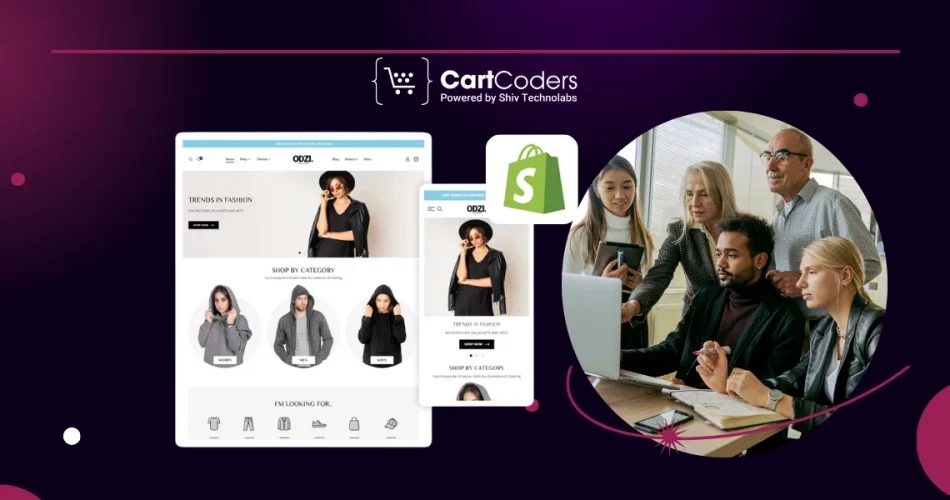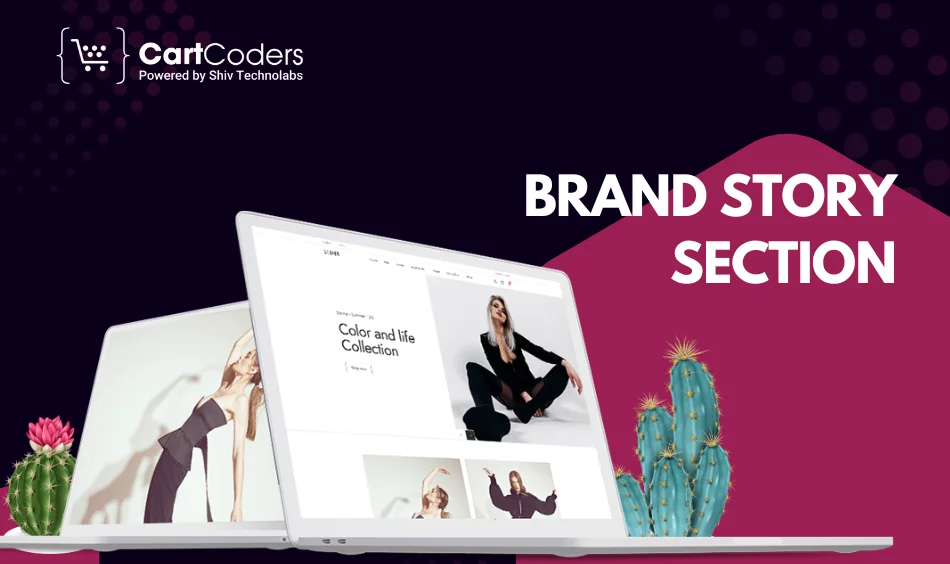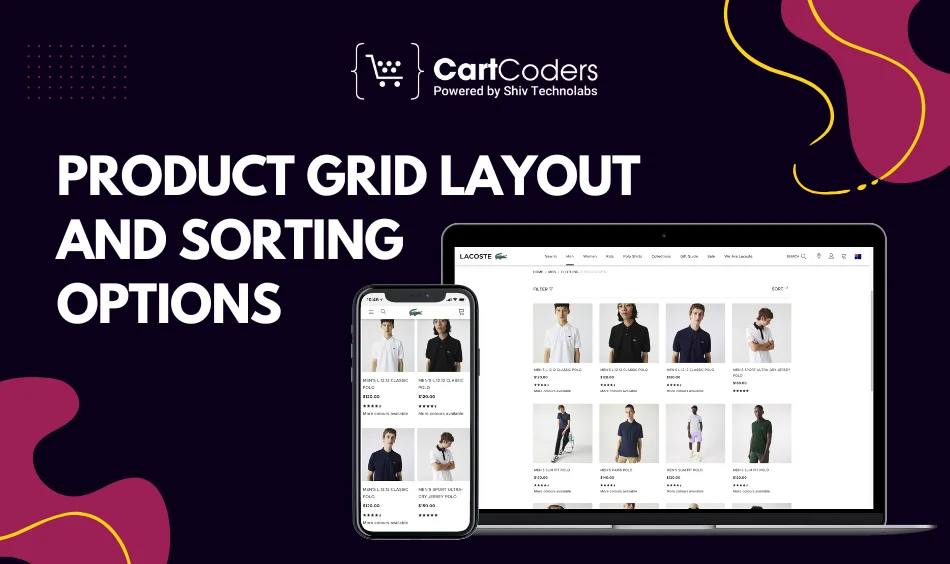Custom Engagement Solutions
Unlock tailored solutions with a free, no-obligation strategy session.
Expert Developers & Engineers on Demand
Scale Your Team with Skilled IT Professionals
Expert Guidance for Digital Transformation

Creating a successful Shopify store requires specific design methods tailored to clothing companies. This tutorial shows you the precise actions to develop a fashion store Shopify design that turns visitors into customers.
Begin with the structure of your homepage. Your fashion store must have three major areas that are coordinated.
First, create a hero banner with your best clothing. The images are 1920×800 pixels, so it will work on every device. Now, place your main message above the image using no more than 8 words. Then, use a clear button, such as “Shop New Collection.”
Second, place a featured products area under your hero banner. Display 8 products in grid view. Use square product images that are 400×400 pixels. This provides a clean look that customers expect from a high-quality, custom Shopify theme for a fashion brand.

Third, have an about section that explains your brand story in 2-3 sentences. Keep it straightforward and concise about what makes your clothing unique.
Your Shopify design services should adhere to this same format for optimal success.
Collection pages help customers find what they are looking for within a matter of seconds. Your Shopify fashion store design should include proper filtering and sorting.
Create filters on the left side of the page. Include these options: Size (XS-XXL), Color (display actual colors, not names), Price range (use slider bars), and Category (tops, bottoms, dresses).

This will be displayed in a 4-column grid on desktops, 3 columns on tablets, and 2 columns on phones. All product images must be the same size and background color. There will also be a sort on top right with “Newest First,” “Price Low to High,” “Price High to Low,” and “Best Selling.” These are there for different customers’ searches, their way.
When you hire Shopify designers for your fashion store tasks, make sure they have heard of these filtering requirements.
Product pages sell your apparel. Your custom Shopify theme for a fashion brand should include elements that work.
Incorporate 6-8 product images at a minimum. Add front view, back view, side view, close-up shots, and one lifestyle image of a person wearing the product. Resize all images to 800 x 1000 pixels. Incorporate zoom functionality so customers are able to view fabric details.
Place the product name on top in big letters. Display the price prominently below the name. Add easily tappable size choice buttons on phones. Add a size chart link that is opened in a popup window. Write product descriptions that give answers to frequently asked questions. Add fabric type, fit details, and care information. Use plain language that everybody will understand.
Also Read:- 20 Best Shopify Product Customizer Apps
Keep the “Add to Cart” button big and conspicuous. Ensure that its buttons have an alternate highlight color from your page design. Provide the option of selecting quantity, indicating whether it is in stock or low stock.
These all need to be there for the Shopify fashion store template to boost sales.
Most fashion shoppers use their phones. So, your Shopify design services for apparel must be highly responsive.
Searching becomes easy when clever search features are applied to make product-finding easy for the customers.
Implement autocomplete suggestions to load as customers type Show product images in search suggestions to help visual buyers.
Search Results Display search results in the same grid layout as collection pages Include the same filtering options in a clear way Show “no results” suggestions when searches have no matching products.
Add breadcrumb navigation like “Home > Women > Dresses > Summer Dresses.” It allows your customers to know where they are in your store and makes it easy for them to go back.
Fast load times boost sales. Any of the best Shopify themes for fashion require speed optimizations.
Compression tools compress the files to minimal sizes. Enables lazy loading thereby allowing images to load only when a customer scrolls down the page. Pick the right format: Choose WebP for the latest browsers, and JPEG if their browsers are a little more vintage.
Eliminate unused code from your theme. Merging CSS and JavaScript minimizes server requests. Shopify has its own CDN which serves images far faster from all over the world.
The fewer apps you install, the better your store runs. Any app installed will retard your store. Look for installed apps at each monthly cycle and delete the ones that you no longer need.
When dealing with a Shopify design for clothing store, be sure to ask about these performance optimizations of the Shopify design company. Fast stores sell more products than slow stores.
Your Shopify expert for clothing website – CartCoders. These steps we use sequentially. Begin with the setup of homepages, then proceed to product pages, then optimize for speed and mobile. You can also hire a Shopify designer for fashion store to speed up the process. This step-by-step method builds fashion stores that sell more clothing and function well.
Projects delivered in 15+ industries.
95% retention rate, building lasting partnerships.
Serving clients across 25+ countries.
60+ pros | 10+ years of experience.